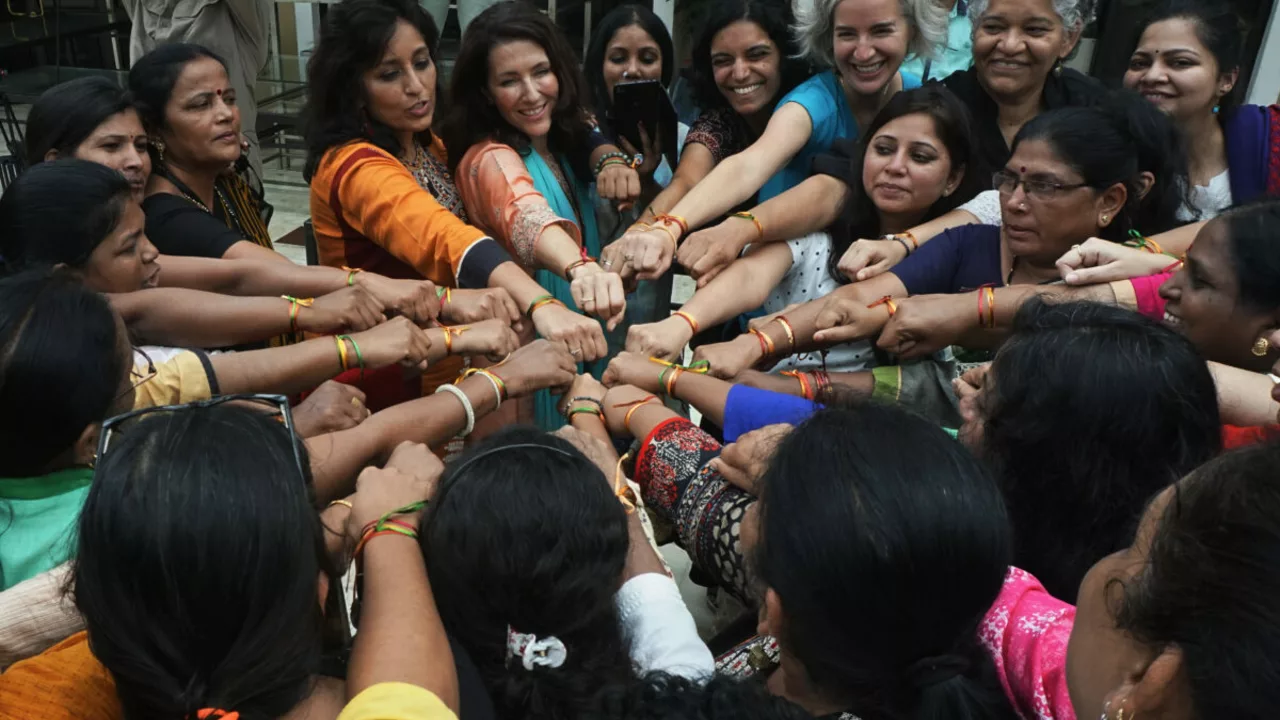Societal Norms in Indian Jewellery: Practical Tips for Every Occasion
When you think about Indian jewellery, you’re not just looking at sparkle – you’re seeing a set of cultural rules that have been passed down for generations. These norms decide what you wear, when you wear it, and even who you gift it to. Understanding them can save you from awkward moments and help you pick pieces that feel right in any setting.
Every Piece Tells a Story – Know the Basics
First off, let’s break down the most common expectations. Gold is the go‑to metal for weddings, festivals, and big family gatherings. Silver, on the other hand, is usually saved for daily wear or casual events. If you’re buying for a bride, look for a gold set with traditional motifs – think paisley, peacock, or temple designs. These symbols aren’t just decorative; they represent prosperity, protection, and heritage.
When it comes to gemstones, your region matters. In the north, rubies and emeralds are popular, while the south favors pearls and yellow sapphire. Knowing this can help you match the right stone to the right ceremony, and it shows you respect local tastes.
Gifting Etiquette – Who Gets What?
Gifting jewellery is a big deal in India, and the rules are surprisingly clear. For a sister’s wedding, a gold bangles set is a safe bet. For a mother‑in‑law, a simple gold chain or a pair of earrings that can be worn daily works well. If you’re giving something to a friend, silver or imitation jewellery is acceptable and won’t break the bank.
Timing also matters. Hand a gift during the ceremony’s mehendi or sangeet moments, not after the actual wedding vows. This signals that you’re honoring the ritual rather than trying to outshine it.
Another tip: always ask if the recipient follows any specific customs before buying. Some families avoid jewellery with certain symbols during auspicious days. A quick, polite question can prevent a misstep.
Beyond weddings, everyday norms affect how people wear jewellery at work or school. Heavy gold necklaces are usually saved for weekends, while simple studs or a thin chain are fine for a corporate setting. If you’re unsure, observe what your colleagues or classmates wear and follow suit.
Now that you know the basics, here’s a quick checklist to keep handy:
- Identify the event: wedding, festival, daily wear.
- Choose metal: gold for big occasions, silver for daily wear.
- Select regional gemstones if possible.
- Match gifting to relationship: sister – bangles, mother‑in‑law – simple gold, friend – silver.
- Consider timing: give during pre‑wedding rituals, not after the vows.
Following these societal norms doesn’t mean you can’t add your personal style. Mix a traditional gold jhumka with a modern outfit, or layer a simple silver chain with a statement necklace for a chic twist. The key is to respect the cultural backdrop while expressing yourself.
So next time you’re strolling through a jewellery market or browsing online, keep these guidelines in mind. You’ll feel confident, avoid common faux pas, and most importantly, honor the rich traditions that make Indian jewellery so special.
Do you feel perfectly ok to drink alcohol as Indian girl/woman?
As an Indian woman, I've often questioned whether drinking alcohol is considered socially acceptable or not. Cultural norms and societal pressures sometimes make it a controversial topic. However, I believe that the choice to consume alcohol should be a personal decision based on individual beliefs and values, not societal expectations. It's imperative to remember to drink responsibly and in moderation. Ultimately, being an Indian woman doesn't dictate my choices, including whether or not to enjoy a glass of wine.






